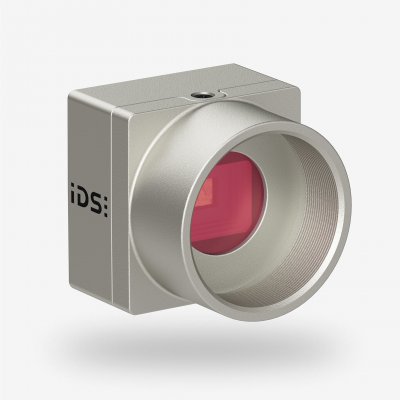 The manufacturing sector is currently facing a number of challenges. Technological change, pressing environmental issues, and globalization require a number of adjustments, such as investing in new technologies, conserving resources, and optimizing and securing supply chains. Globally operating companies have to face a changing environment and at the same time manage problems in supply chains. Shifting production back to the domestic market is increasingly an option. This requires not only resilience but also compliance with strict environmental regulations and cost-efficient strategies to make domestic manufacturing competitive. Moreover, those who want to ensure the competitiveness of domestic production must overcome personnel bottlenecks. Automation through robotics has long since become the driving force here, and artificial intelligence (AI) is increasingly taking on a key role. This technology is developing just as rapidly as the pressure for automation is increasing. In order to map production processes in one’s own company with AI, the simplest possible AI integration and the shortening of training phases are already decisive factors.
The manufacturing sector is currently facing a number of challenges. Technological change, pressing environmental issues, and globalization require a number of adjustments, such as investing in new technologies, conserving resources, and optimizing and securing supply chains. Globally operating companies have to face a changing environment and at the same time manage problems in supply chains. Shifting production back to the domestic market is increasingly an option. This requires not only resilience but also compliance with strict environmental regulations and cost-efficient strategies to make domestic manufacturing competitive. Moreover, those who want to ensure the competitiveness of domestic production must overcome personnel bottlenecks. Automation through robotics has long since become the driving force here, and artificial intelligence (AI) is increasingly taking on a key role. This technology is developing just as rapidly as the pressure for automation is increasing. In order to map production processes in one’s own company with AI, the simplest possible AI integration and the shortening of training phases are already decisive factors.
This is where British start-up Cambrian Robotics Limited comes in with a fully AI-based solution for various robotics applications in manufacturing. It takes over fast bin picking or pick-and-place, the exact feeding of parts for machines as well as different work steps in material handling – for the benefit of more efficiency in assembly tasks or in warehouse logistics. The easy-to-integrate system consists of a module for robot arms, a computing unit with pre-installed intelligent software, and a camera module, each equipped in series with two uEye+ XCP cameras from IDS.
The associated camera module is equipped with two space-saving uEye XCP industrial cameras.
This is made possible not least by the SuperSpeed USB 5 Gbps cameras, which reliably deliver high-resolution data for detailed image evaluations in any environment, explicitly in applications with low ambient light or changing light conditions. Thanks to BSI (“Back Side Illumination”) pixel technology, the integrated sensor (1/2.5″ 5.04 MPixel rolling shutter CMOS sensor on semi AR0521) offers stable low-light performance as well as high sensitivity in the NIR (near infrared) range, so that the uEye XCPs deliver high-quality images in almost any lighting situation – with low pixel noise at the same time. With its compact, lightweight full housing (29 x 29 x 17 millimeters, 61 grams) and screwable USB Micro-B connector, the USB3 XCP is particularly suitable for use in combination with robots and cobots in the field of automation.
Filed Under: Sensor Tips




